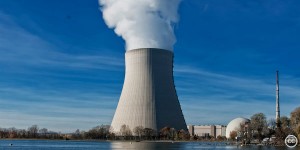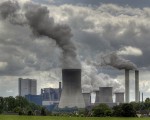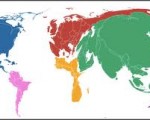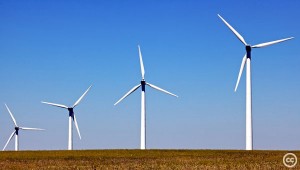Energy
What kind of energy sources should we use in the future?
By 2050 the global population will reach nearly 10 billion people with over 70% living in urban areas.
The way energy is generated, distributed and used will be a central pillar of the green economy.
 Fossil fuels still dominate the global economy but renewable energies are becoming increasingly important. For example, rapidly falling costs for solar and wind energy are meaning they are increasingly competitive with coal and natural gas for energy generation, in some cases even when they are not subsidised by governments.
Fossil fuels still dominate the global economy but renewable energies are becoming increasingly important. For example, rapidly falling costs for solar and wind energy are meaning they are increasingly competitive with coal and natural gas for energy generation, in some cases even when they are not subsidised by governments.
There are signals the dominance of fossil fuels will not last forever. The Paris Climate Agreement agreed in 2015 has been ratified by 143 countries (even if it is under threat from the Trump administration) and in 2015 the G7 announced it planned to phase out fossil fuels by 2100.
But despite this progress fossil fuels still provided around two thirds of electricity generation around the world in 2016. How do we ensure everyone has access to clean energy (now one of the Sustainable Development Goals) when climate change is forcing us to reduce our dependence on fossil fuels?
Do we focus resources on new technologies such as carbon capture and storage?  Will carbon markets reduce global emissions? What impact would a carbon tax have?
Will carbon markets reduce global emissions? What impact would a carbon tax have?
Should there be an increase in fracking (shale gas) in the short-term to reduce burning coal which has much higher carbon emissions?
Are oil reserves such as Canada’s tar sands or are fossil fuel reserves now ‘unburnable‘? One of the key arguments of the fossil fuel divestment movement, which is gaining increasing traction and has seen over $5 trillion divested so far, is that investments in fossil fuels could be ‘stranded assets’ leaving investors in fossil fuels facing heavy losses. They could become stranded if governments take serious action to limit greenhouse gas emissions. This could happen as we move to the implementation stage of the Paris Climate Agreement.
A key issue is what types of “low-carbon” energy we should adopt to reduce the use of oil, gas and coal. There is a debate about how “clean” other sources really are because large-scale hydropower, burning biomass and clearing forests for biofuels also lead to carbon dioxide emissions (see arguments that each one is clean here, here and here).
It’s often the scale and the origin/destination of these energies that are important factors e.g. emissions if they need to be transported long distances. So while we urgently need to find alternatives to fossil fuels, we also need to recognise the pros and cons of each renewable energy, especially in the quantity of emissions they release, before we scale them up globally.
Will renewable energy like solar and wind cover global energy demand? Advances in technology for battery storage will help to overcome obstacles such as the unpredictable generation of solar and wind energy. This will enable smart grids to flexibly match the intermittent supply of renewable energy with peak demand when and where it is needed.
Small-scale and de-centralised energy systems have the potential to transform how renewable energy is generated and distributed.
Read Introduction to the green economy for a summary of green economy debates and how it could affect your work
———————————————————————————————————————
Why Green Economy? blog
 What happens after we divest from fossil fuels?
What happens after we divest from fossil fuels?
 Europe’s carbon price crash and future carbon markets
Europe’s carbon price crash and future carbon markets
———————————————————————————————————————
 Maps, tools and infographics on:
Maps, tools and infographics on:
Impact of climate change, global energy sources and greenhouse gas emissions.
Search for content by keyword

